In the history of Quang Ninh's miners, the most vigorous struggle and greatest victory before the August 1945 Revolution was the general strike of over 30,000 miners in 1936. In Quang Ninh today, there are still many relics related to the miners' struggle before the August 1945 Revolution.

The most significant relics related to the coal industry are found in Cam Pha City and Ha Long City. In Ha Long City, the first to be mentioned is the former headquarters of the French Coal Mining Company of Northern Vietnam (SFCT), a place closely associated with the history of the formation and development of the coal mining industry and the operation of coal production and business in Quang Ninh in particular, and Vietnam in general. The SFCT headquarters is now the Quang Ninh Production Management Center of the Vietnam Coal and Mineral Industry Group (TKV), located at 95A Le Thanh Tong Street, Hong Gai Ward, Ha Long City. The former headquarters of the French Coal Mining Company of Northern Vietnam was classified as a provincial-level relic on June 7, 2021. Not far from there is the relic of the crooked tree at the ferry landing where communist comrades were tortured in the Hong Gai mining area, such as Comrade Nguyen Thi Luu (also known as Sister Khuong), who worked at the Hong Gai screening plant. The site has been included in the list of historical relics and scenic spots of Quang Ninh province (Decision No. 789/QD-UBND, dated March 26, 2015, of the Provincial People's Committee).
Through various resources, historical sites related to the miners' struggle in Ha Long City have been carefully preserved, restored, and promoted over time. Many other sites, such as the monument to Comrade Vu Van Hieu, the first Secretary of the Quang Ninh Mining Zone Special Committee, and the historical site and scenic spot of Bai Tho Mountain associated with the event of worker Dao Van Tuat, a train driver at the Ba Deo screening plant, planting a flag on the mountain at dawn on May 1, 1930, have also received attention for restoration.

In Cam Pha, there is the Trok Mountain historical site associated with the general strike of 30,000 miners in 1936. From mid-1936, the revolutionary struggle movement nationwide developed very strongly, profoundly affecting the miners' movement. The increased exploitation by mine owners, the reduction of wages, beatings, and the dire living conditions of the workers ignited the outbreak of the struggle... On November 12, 1936, leaflets calling for a work stoppage to prepare for the struggle covered the mining area. Early the next morning, many more leaflets and posters calling for the struggle appeared at intersections and on the roads leading to the mine shafts... Within just two hours, the strike had spread everywhere, and the largest concentration of striking workers was in the Trok Mountain area (now the intersection of the road leading to the Deo Nai mine). Immediately, the mine owners and foremen discussed ways to disrupt the strike. By 2 PM on November 14, 1936, the remaining workers in Cam Pha also went on strike, with the number of participants reaching over 10,000. The strike lasted for eight days until the mine owners had to concede, accepting all the workers' demands...
News of the successful strike by miners in Cam Pha encouraged workers in other areas such as Hong Gai and Dong Trieu to also go on strike, creating a powerful wave of struggle with over 30,000 miners and laborers in the mining region participating. Recognizing this important event in the revolutionary history of the miners, in 1996, the Ministry of Culture and Information (now the Ministry of Culture, Sports and Tourism ) issued a decision recognizing the site where the general strike of 30,000 miners on November 12, 1936, began as a national historical monument.

Next to Trọc Mountain is the Cam Pha Coal Region Memorial Site, formerly the residence and workplace of the French agent Vavasseur, the highest-ranking official in Cam Pha. This site has been preserved by the Vietnam Coal and Mineral College since 2019, housing hundreds of paintings, photographs, and artifacts about the history of the coal region. The conservation area covers approximately 4,800 square meters and includes: the old Town Party Committee building, the old Cam Pha Hospital building, Tunnel No. 1, Tunnel No. 2, a gathering area, a viewing tower, and a system of gardens and ancient trees.
In Dong Trieu, there is also the Mao Khe mining complex, which includes the site of the first Party cell, Non Dong pagoda, and the mechanical factory, all of which have been classified as national historical sites. To date, most of the historical sites associated with the miners' struggle before the August Revolution have been classified, including some that have been classified as national historical sites, thereby contributing to the improvement of preservation, conservation, and promotion efforts. These historical sites related to the miners' struggle before the August Revolution in the province are not only testaments to a heroic period in the history of the mining region but also serve as important locations for educating about revolutionary traditions, fostering patriotism in the younger generation, and contributing to the development of tourism.
Source











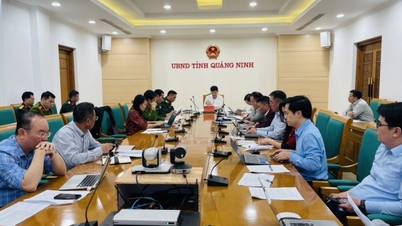



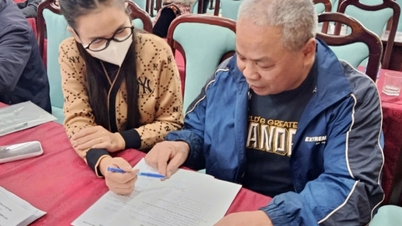
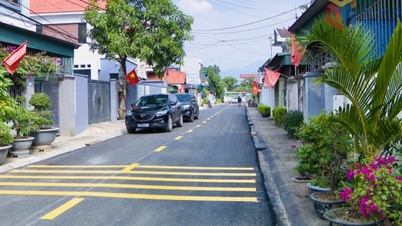
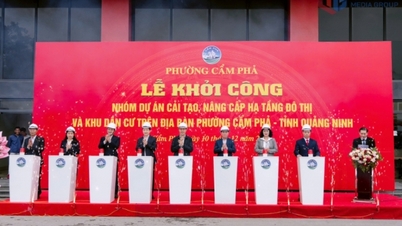





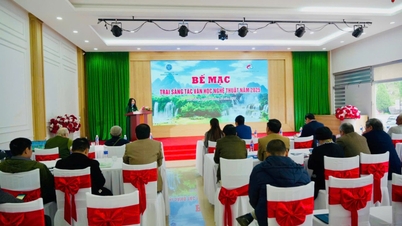
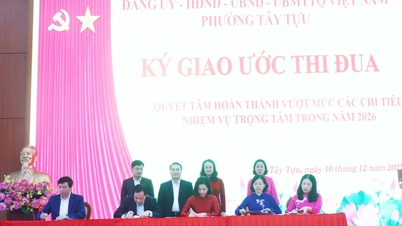
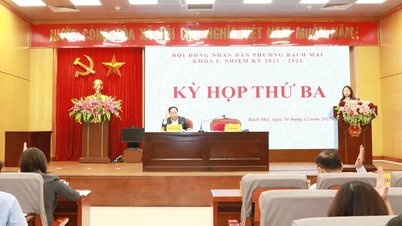
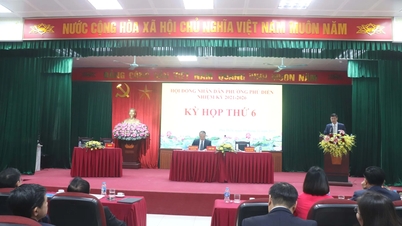
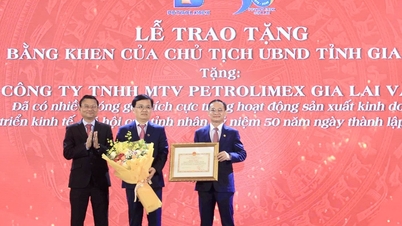







![[Video] The craft of making Dong Ho folk paintings has been inscribed by UNESCO on the List of Crafts in Need of Urgent Safeguarding.](https://vphoto.vietnam.vn/thumb/402x226/vietnam/resource/IMAGE/2025/12/10/1765350246533_tranh-dong-ho-734-jpg.webp)
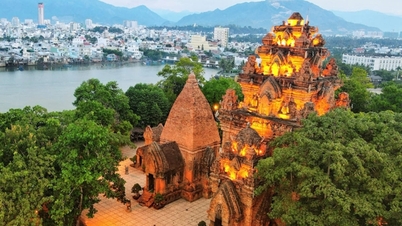


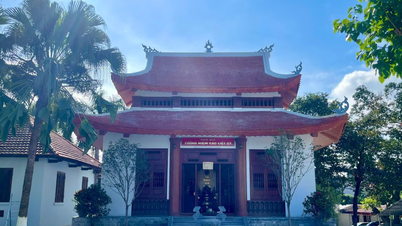













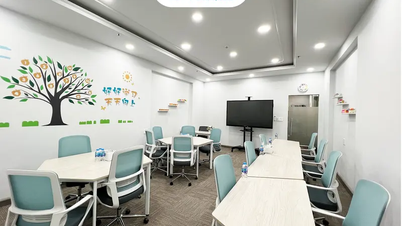















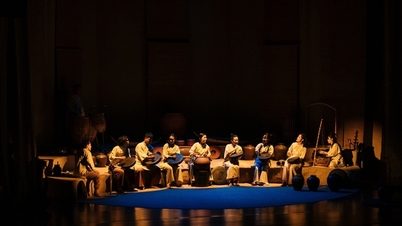

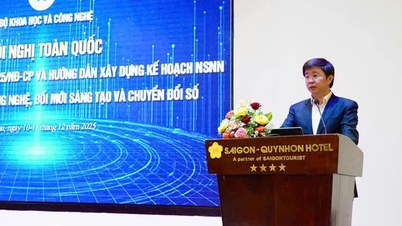


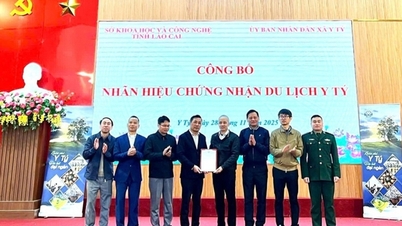
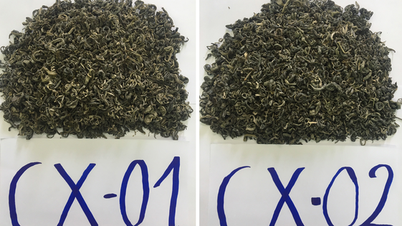

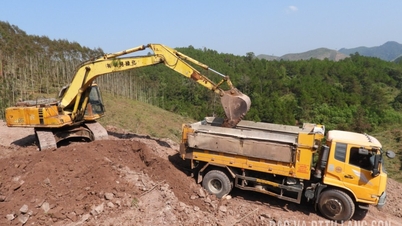

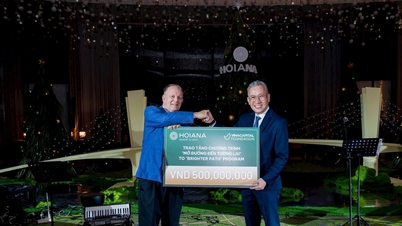

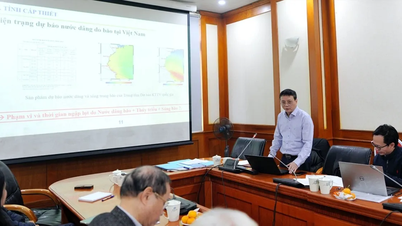



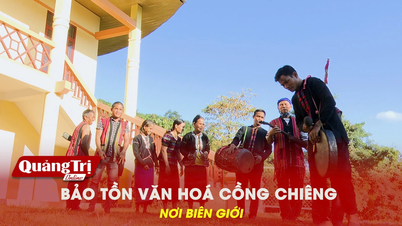














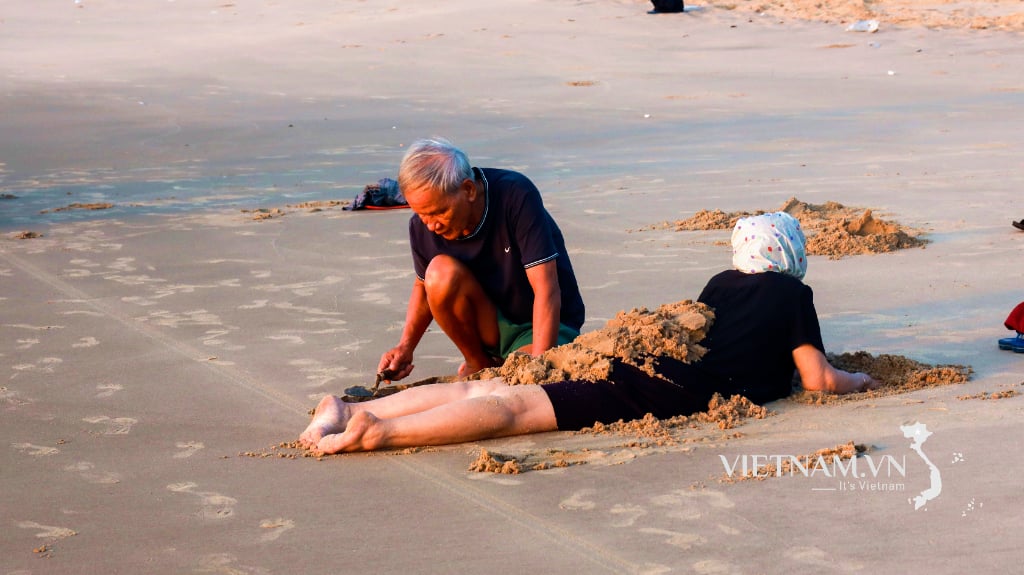






Comment (0)